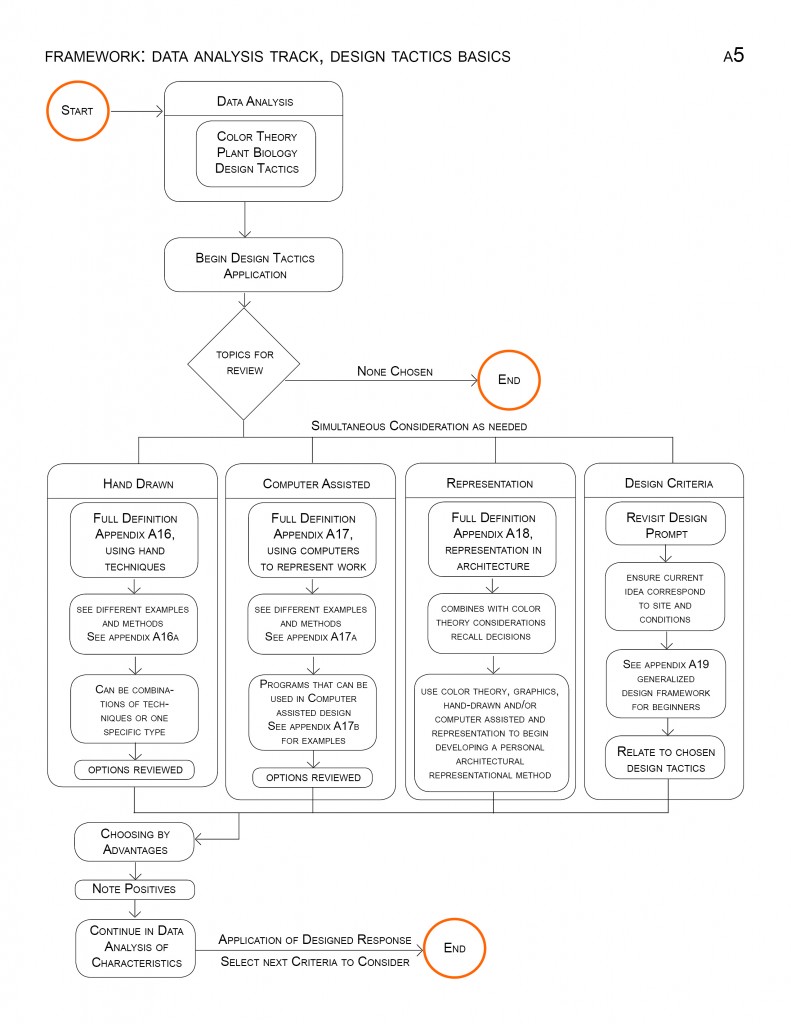This is the introduction to certain techniques you might want to learn. Deliberate lines and control creates a stronger design. Sketching and other loose drawing styles get ideas out. The proportion does not need to be correct, but creating a discussion with others to refine ideas is vital in early design development. Depending on the situation, but more often than not, computer drawings are also necessary as the design moves along. There are some hand and computer assisted examples from students. When starting out on the computer there are some software that is free, others less-free and some examples are given.
Representation in architecture is incredibly important. A drawing needs to be able to convey an idea and stand on its own. if you have to describe it to others, the message is not clear enough. Some types of drawings are standard, others are unique compositions. When drawing and sketching it is always important to have your desires and the needs of the client in mind. Every once in a while it is good to reflect and confirm needs are met or not and why
Other pages to consider for starting out to see the whole process: Hand techniques descriptions [Appendix A16], Hand techniques examples [Appendix A16a], Computer assisted description [Appendix A17], Computer assisted examples [Appendix A17a], Computer Assisted Programs [Appendix A17b], Representation in Architecture [Appendix A18], Design Criterion / Prompts [Appendix A19].
